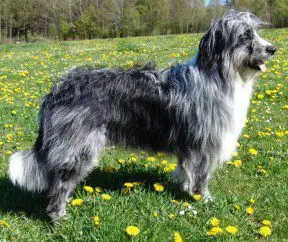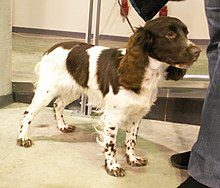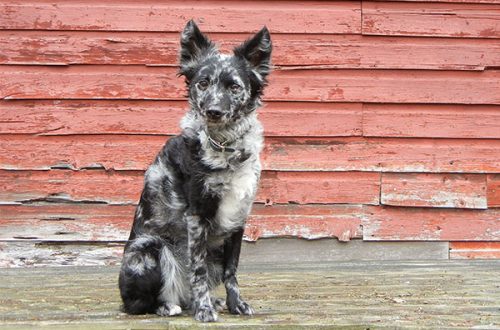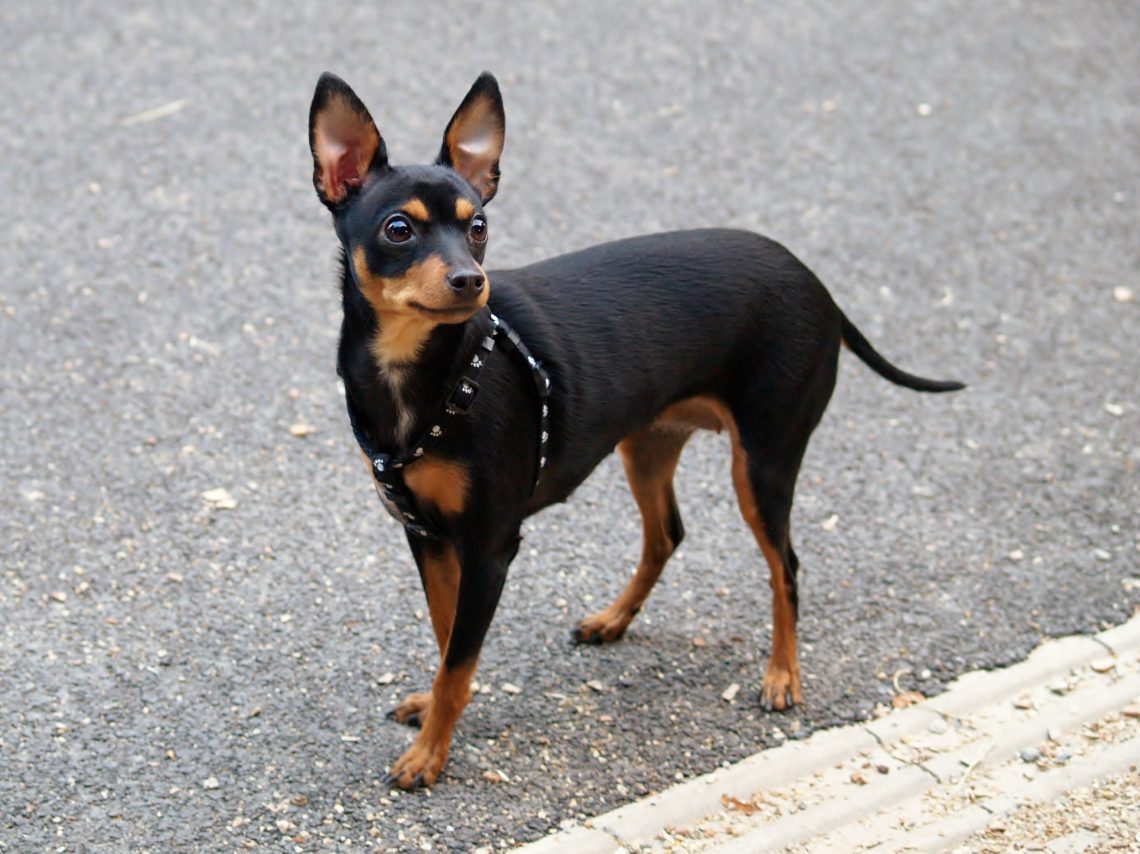
Prague Ratter (Pražský Krysařík)
Other names: rattler
The Prague Ratter is an unsurpassed Czech rat-catcher in the past, in the present it is a miniature image pet with developed companion qualities.
Contents
- Characteristics of Prague Ratter
- Basic moments
- History of the Prague Ratter breed
- Video: Prague ratter
- Breed standard Prague Krysarik
- The character of the Prague ratter
- Education and training of Prague Ratter
- Maintenance and care
- Health and disease of the Prague rats
- How to choose a puppy
- The price of the Prague rat
Characteristics of Prague Ratter
| Country of origin | Czech |
| The size | Miniature |
| Growth | 19-22 cm |
| Weight | 1.2–3.5 kg |
| Age | 12–14 years old |
| FCI breed group | not recognized |
Basic moments
- Prague rats have passed the standardization procedure in many cynological organizations, but have not yet been recognized by the FCI.
- The vast majority of dogs have retained the hunting instincts of their ancestors, therefore, at the sight of mice, hamsters and other rodents, sparks of excitement light up in their eyes, signaling their readiness for a fight.
- Despite their toy size, the Prague rats feel free to play the role of apartment watchmen, notifying the owner of the arrival of guests with a quiet, but rather sonorous bark.
- Czech warriors love to make stash, and not only edible ones, so if you can’t find your favorite hairpin for a long time, you should look into the pet’s house or thoroughly shake the basket in which he sleeps.
- The breed exists in short-haired and semi-long-haired varieties, but there are much fewer representatives of the second category.
- Prague rats are fairly athletic dogs that are good at agility and freestyle.
- These compact babies love to be the center of attention, while forced loneliness negatively affects their psyche and behavior.
- In recent years, mini-rats weighing up to 1.5 kg and up to 18 cm tall are especially quoted among fans of the breed, but such individuals are closed to exhibitions.
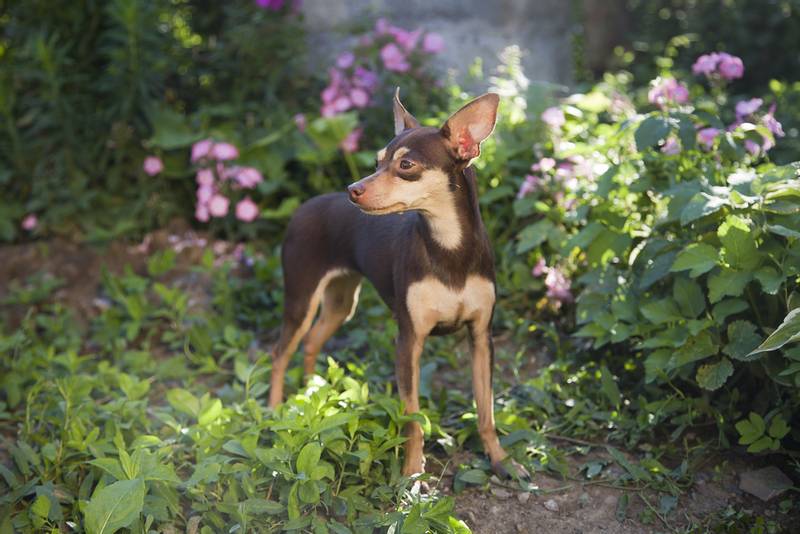
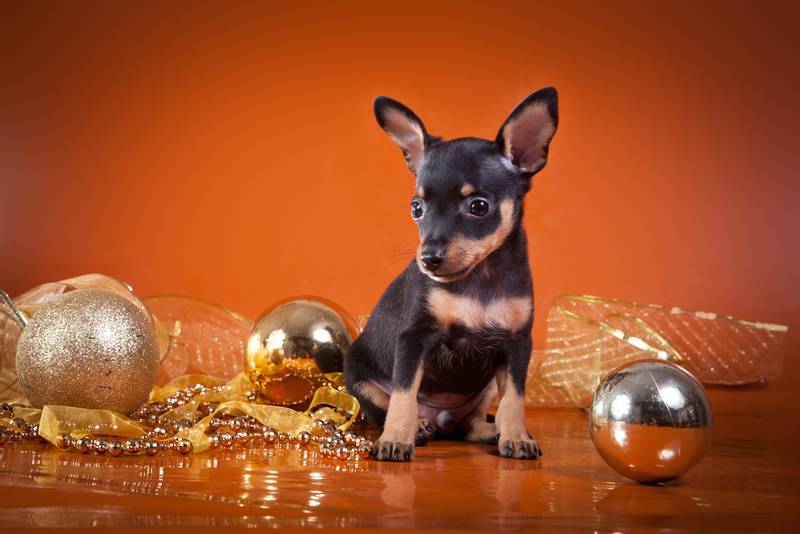
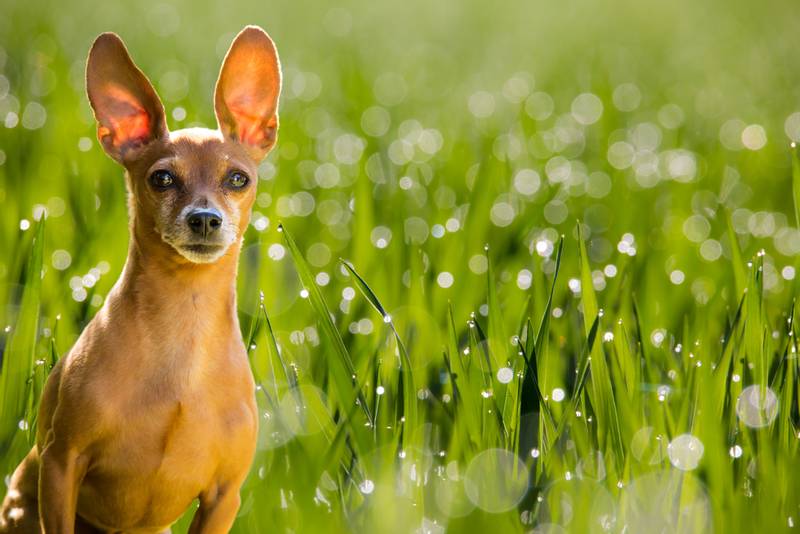
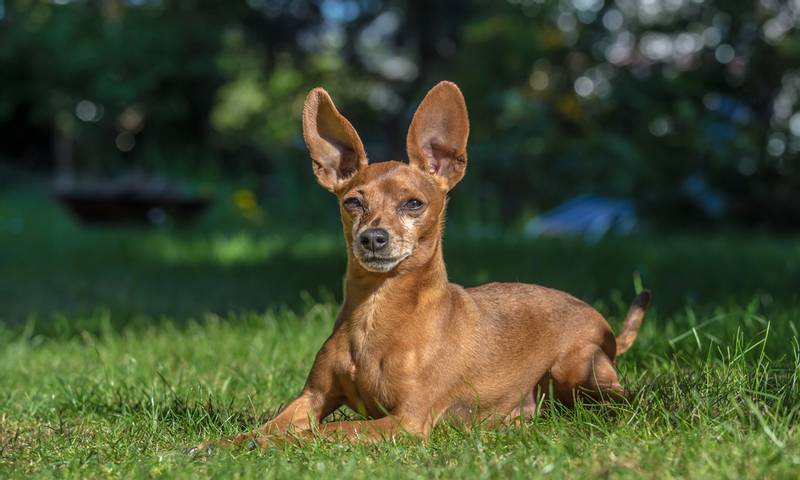
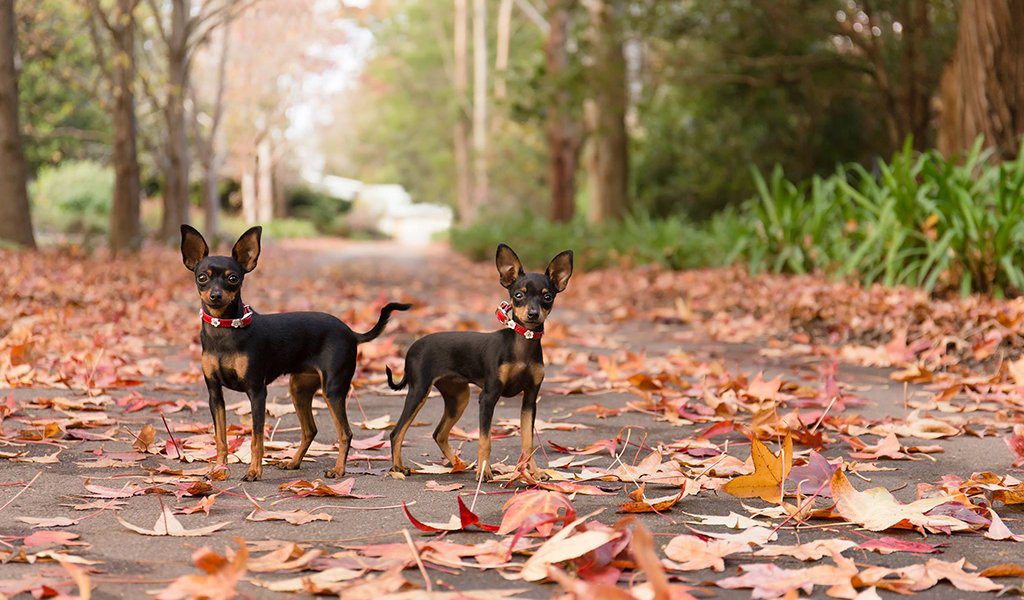
The Prague rat is a graceful quickie with an inexhaustible supply of zest for life and positive, which he willingly shares with others. This miniature “Czech” is absolutely unobtrusive, but it is able to “make” your day some kind of funny trick or acrobatic number. And even though today’s ratlik has long moved away from hunting for rodents, he is still very far from turning into a boring and lazy representative of the decorative sofa fraternity. Moreover, groovy and reckless, this kid is always ready for a small feat, even if he has an ordinary walk on the dog playground in his plans.
History of the Prague Ratter breed
The peak of popularity of the oldest of the Czech breeds, not by chance, fell on the Middle Ages. The negative attitude of churchmen towards cats and general unsanitary conditions led to the dominance of rodents in the cities, which became the main carriers of the plague. In order to somehow minimize human losses and tame the rat lawlessness, breeders took care of breeding “highly specialized” dogs capable of hunting mice and other small animals. So the first rattiki began to appear in the chambers of the Czech nobility (from German Ratte – a rat).
For some time, the Prague rats remained local celebrities, whose fame did not go beyond the borders of the Czech state. But, starting from the 8th century, the rest of Europe began to learn about the brave dogs that masterfully dealt with the rat brethren. The first to pay attention to the breed was the Frankish scientist Einhard, who left a small description of its representatives in his historical writings. Further – more: in 1377, the ratliks were presented to the King of France, Charles V, in the form of an exclusive present from Charles of Luxembourg.
The legend about the additional duty imputed to dogs belongs to the same period of time. Well, to be more precise, in the royal surnames, tasting positions were granted to animals, since only the lazy did not study and use poisons in the Middle Ages. In particular, King Wenceslas IV, who loved to hang out in mossy taverns, always took his beloved rat-rat with him when he went on another outing “to the people”. During the royal sabantuy, the dog walked freely around the tables and tasted the dishes brought to the ruler, thereby indicating that the food was not poisoned.
By the middle of the 17th century, the Czech Republic was overtaken by economic decline, and the Prague rats fell into oblivion. From warm, perfumed boudoirs, they migrated to cold and gloomy peasant barns, where they earned their living by catching mice. At the end of the 19th century, enthusiastic cynologists tried to revive the tribe of Czech warriors, but the First and then the Second World Wars brought the results of their efforts to naught.
A repeated and finally successful “upgrade” of the breed was undertaken by Jan Findeis and Rudolf Schiller in the 70s of the XX century. However, the first registration of the litter was carried out only in 1980. As for the distribution of the ratlik family, it is relatively insignificant, since until the early 2000s, the main part of the livestock lived in the Czech Republic and Slovenia. Today, the total number of Prague rats in the world does not exceed 3,000 individuals.
Video: Prague ratter
Breed standard Prague Krysarik
The Prague rat is a miniature “aristocrat”, at first glance it looks a lot like a Russian toy and a little less like a miniature pinscher . Breeding experts attach great importance to the proportions of the body of the ratliks, therefore, it is necessary to identify an exemplary representative of the breed, armed with a centimeter tape and a calculator. In particular, the ratio of the height of the dog to the length of its body should be of the order of 1:1.05. Moreover, the figure indicating the height of the animal at the withers must be at least twice the depth of its chest, measured in centimeters. The width of the forehead of the rat in relation to its length is 1:1, less often – 1:1.03, and the length of the muzzle does not exceed ½ of the length of the head.
Head
The head of the Prague Ratter is pear-shaped. The occiput and forehead of the dog are convex, clearly marked, the stop is moderately prominent. The muzzle of the animal is distinguished by general dryness and sufficient length.
Teeth and jaws
The jaws of the ratlik are strong, symmetrically set, having the shape of a blunt wedge. Full dentition and scissor bite are preferred.
Prague Ratter Nose
The favorite of the Czech monarchs has a well-pigmented lobe, the color of which is in harmony with the shade of the coat.
Eyes
The rounded, slightly bulging eyes of the Prague rats have a dark color of the iris.
Ears
Representatives of this breed have wide-set, strong ears, fixed in a standing position and resembling the shape of butterfly wings. It is permissible, though not very desirable, for the tips of the ear cloth to be lowered at a slight angle to each other.
Neck
Refined, with a noble bend, without suspensions and skin folds.
Frame
The body of the Prague Krysarik is compact, almost square, with a moderately tucked-up underline. The back is straight, strong, with unexpressed withers and a short loin. The dog’s chest is oval, of normal width. The croup line is long, slightly sloping.
Prague Ratter limbs
The front legs are set parallel and fairly wide. The shoulder blades of the Prague rats are muscular, well-fitting, the pasterns are even, set at a slight slope. The hind legs of the dog are distinguished by a wide, parallel set-on, secure angulations and general muscularity of contours. The paws of the representatives of this breed are rounded, arched type, with tightly compressed fingers. The movements of the dog are free, springy.
Tail
The tail of the Prague rat is set at the level of the back, but in movement it rises higher, curling into a ring. The usual length of an uncropped tail is to the hocks.
Wool
Prague rats can be both short-haired and semi-long-haired. In the first case, the dog’s dog’s body is dense, well adjacent to the body. Secondly, it is softer, slightly lagging behind the body, forming stylish fringes on the paws, ears and tail.
Color
Most Prague rats are black or brown and tan, and the tan should be rich in tone and not be washed out. Typical locations for tan marks are pasterns, throat, cheeks, brows, inner thighs and chest (spots in the form of two symmetrical triangles). A little less often you can meet representatives of this breed of sand and chocolate colors. Marble wool tone is also acceptable.
Defects and disqualifying vices
The most typical exterior defects of the breed are: narrow skull, pincer bite, convex loins and back, depigmented nose, excess tan. Also not welcome are white spots on the chest with an area of more than 1 cm, elbows turned in or out, an overly stretched body, a tail set low and “falling over” on one of the hips.
Disqualifying vices of Prague rats:
- not completely overgrown fontanel;
- hair with bald patches;
- hunchbacked back and overly convex lower back;
- ears adjacent to the skull;
- undershot / overshot;
- the iris of the eye, painted in yellow or blue;
- loss of 4 teeth or 2 incisors;
- in black and brown and tan individuals, the absence of tan marks on the head;
- a white spot on the chest with an area of 2 cm, white marks on the paws;
- red color, muted with abundant black bloom;
- height less than 18 and more than 24 cm;
- unreasonable aggression and timidity.
The character of the Prague ratter
The Prague rat is a professional “pocket” comforter, incredibly attached to its owner and able to create favorable “weather in the house”. In addition, this miniature “antidepressant” is intelligent enough not to allow himself dissatisfied grumbling and empty chatter, and certainly not the kind of dog that will annoy you with sudden “oratorios”. To people who are not part of his inner circle, the ratlik is not particularly disposed, demonstrating stiffness bordering on mild suspicion at the sight of strangers. But if you like to throw noisy parties with a bunch of guests, the pet will understand and approve of this. Most importantly, take the time to introduce him to the guests.
Surprisingly, these hereditary rat-catchers have a good relationship with cats (work colleagues, whatever one may say). But with other dogs, ratlicks get along with difficulty, and then only with those individuals who do not try to put pressure on them with their authority. It is worth considering that the Prague rat cannot be embarrassed by physical superiority, so if your ward was provoked by some kind of wolfhound, he will rush to restore justice with the same pressure with which he would attack an ordinary barn rat. By the way, about rats: any rodent and everything that even a little bit looks like it is goal number 1 for the Prague rat, so it’s better not to let the dog off the leash when walking. And in general, dropping in with a ratlik to visit friends who breed hamsters and chinchillas is less common: you never know.
For all their dependence on the owner, the Prague rats are not without self-esteem and healthy egoism. At first, the “bag” size of the breed is confusing, forcing us to see in its representatives spineless whims, suitable only for carrying on handles and decorating the interior. In fact, in the tiny body of the Prague rat, a serious personality is hiding, which requires a certain respect. In particular, wean yourself and children to encroach on the property of a pet (toys, bed). The meaning of the word “Mine!” ratlicks understand like no other dogs, so they vigilantly monitor their own “treasures”, entering into a tough confrontation with those who are trying to take them away.
Education and training of Prague Ratter
To educate and socialize a Prague rat puppy, like most other dogs, should be from the moment he appears in the apartment. Czech ratliks are still those dominants, and if you do not set the boundaries of what is permitted in time, they will quickly sit on your neck. At the same time, it is very important that until the age of 7 weeks the baby is with the mother and his own brothers. In the future, time spent with the family will help the dog build relationships with the person and find their place in the canine team.
Otherwise, ratlicks are typical lap dogs, greedy for praise, tasty incentives and outright flattery, so if you want to teach a rat to something, do not skimp on affection and compliments. Never, under any circumstances, punish an animal physically. Firstly, you run the risk of injuring an overly fragile pet, and secondly, you will forever discourage him from working with you in pairs. However, it is unlikely that you will raise your hand to such a groovy charm, so the main problem facing the owners of the breed is not even upbringing and training, but the ability to restrain one’s own emotions at the sight of these touching creatures. Do not forget that the Prague rats subtly feel the mood of the owner, and if they give up, they will not miss the opportunity to turn things around in their favor. Treat classes positively, but try not to spoil the pet,
As for training programs suitable for the Prague rat, the best option for him would be OKD. Yes, these little ones do a great job with the General Training Course. Moreover, a trained and etiquette ratlik will cause less trouble on walks: remember the breed’s passion for persecution and unwillingness to concede in disputes with larger relatives. Krysariki are also capable of excelling in sports disciplines. Best of all, they are given obedience standards like obedience, as well as all kinds of “catching up” (coursing).
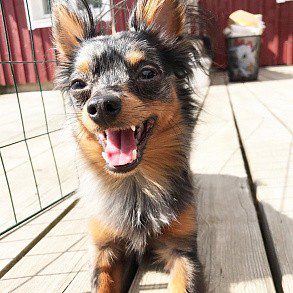
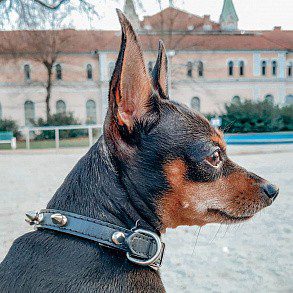
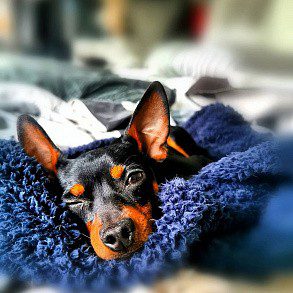
Maintenance and care
The Prague Ratlik will need all the things that any decorative dog needs. For example, before moving a puppy to a new home, a bed, latex toys, a couple of bowls, absorbent diapers, a tray, and a leash with a collar or harness should be bought for him in advance. Despite the fact that the rats themselves prefer to relax on the master’s bed, it is better to equip them with a separate mini-living space, away from your bedroom. Although, you might not mind having your pet store toys and leftover treats under the covers. In this case, you can not spend money on buying a bed or a sleeping basket.
If the prospect of turning your room into a dog treasury does not please you, take a closer look at special houses for decorative pets. Choose solid options with a viewing platform on the roof, as the Prague rats are very fond of jumping onto low horizontal surfaces. You can throw a small diaper or a blanket into the pet’s bed: ratlicks love to wrap themselves inside any free piece of fabric, equipping it with something like a hole and a bird’s nest at the same time.
In the first days after the move, it is important to resolve the issue with the toilet. And here the Czech warriors have two ways at once: diapers or the street. True, you will have to take into account the accelerated metabolism of the breed, since long-suffering is not about the Prague rats. As an example: even individuals who successfully relieve themselves outside the home can periodically do “their business” in the apartment. Do not take this behavior as something out of the ordinary, it is better to insure yourself with diapers or a tray. By the way, about the tray: for a dog, a column should be installed in it so that the animal has a guideline where to “aim”.
Prague Ratter Hygiene
Short (much less often – semi-long) coat of the Prague rat does not present unpleasant surprises. Czech ratliks shed seasonally, twice a year, and the first molt in puppies begins at 3 months. During the period of intense “hairfall” dogs are combed daily. In the intervals between molts, it is enough to brush through the pet’s coat with a brush a couple of times a week, combining the removal of dead hairs with skin massage.
It is better to wash the Prague rats as needed: frequent “bath days” spoil the structure of the coat and dry the skin of the animal. In summer, dogs can be allowed to swim in the river or lake, which they love very much. The only thing: do not forget to rinse the wool with clean water after bathing to free it from the remnants of algae and microorganisms living in water bodies.
The ears of the Prague rats do not cause much trouble, as they are well ventilated. But just in case, once a week you should look into the ear funnel to remove excess sulfur and dust. Sometimes ratliks are pestered by ear mites and otitis media. Accordingly, if the dog began to shake his head, it is better to take him to the veterinarian.
Eye care for the Prague rat is minimal: just remove lumps from the corners of the eyelids in the morning with a decoction of chamomile and a soft cloth. At least three times a week, ratlicks are supposed to brush their teeth, so get your ward used to brushes, rubber fingertips and toothpaste from the first months of life. Once a month, you will have to set aside time for cutting the nails and trimming them with a nail file. It is advisable to cut less and grind a miniature claw more so as not to injure a blood vessel. After walking, the paws of the Prague rat must be thoroughly washed with warm water, cracks, if any, should be treated with an antiseptic, and the pads should be lubricated with vegetable oil or nourishing cream.
paddock
The Prague rat, despite the pronounced decorative effect, is by no means a homebody, so you will have to walk with the baby as much as with any active dog. Ratliks are taken outside strictly on a leash. Removing the strap from an animal in the city is a deadly risk, given the rat’s innate “talent” for inflating conflicts with his relatives, as well as his hunting addictions. Initially, it is better to accustom a pet to a collar and a belt leash, since in the future, when you sign it up for OKD, this will greatly simplify the learning process. Walking on a harness or roulette is also possible, but after the ratlik has had time to get used to the traditional leash. But for the owners of show individuals, it is better to put the harness away, since such “accessories”, although slightly, distort the position of the paws, and at the same time over-develop the muscles of the chest,
Often on the street you can meet glamorous rats in trendy clothes, shod in stylish insulated slippers. There is a sense in such equipment, but only in very cold weather: temperatures up to 0 ° C are easily and painlessly tolerated by the rattler. If the thermometer shows minus values, the animal can be packed in a knitted jumpsuit or sweater – rats have practically no undercoat, which, with an accelerated metabolism, is fraught with frostbite and a cold. At the same time, you should not turn the dog into a doll, buying up heaps of funny pajamas and homemade suits for her. Do not forget, the animal’s hair should not be in constant close contact with the fabric: you don’t need a bald pet, do you?
As for shoes, everything is ambiguous here, since the waterproofness of dog shoes is most often a myth. In addition, tiny boots hinder movement, forcing the animal to move in an unusual way. If you want to protect your pet’s paws from reagents, lubricate them with protective wax and do not walk on sidewalks in winter. It is better to take the baby away from the salted paths and wander with him a little.
Prague Ratter Feeding
Prague rats can be fed with premium “drying” or natural products. There is a third, mixed type of feeding, when the dog eats dry croquettes, but several times a week receives pieces of raw beef or rabbit meat (practiced by a small percentage of breeders). If you are for naturalness in all its manifestations, transfer the ratlik to a standard diet, which is based on lean meat of any kind, including poultry. Sometimes, for the sake of variety, you can put boiled pollock or salmon fillets, as well as beef tripe, in a bowl of a four-legged friend.
Cereals in the dog’s diet should be a minimal proportion: cooking porridge for the Prague rat with a couple of pieces of meat is definitely not an option. Of the vegetables, the Ratliks are most addicted to raw carrots, which replace their bones. No less willingly, dogs gnaw apple slices and cabbage leaves. Boiled pumpkin combined with offal can also be a tasty and nutritious lunch.
Up to two months, puppies eat every 3.5 hours, that is, up to 6 times a day. Starting from 8 weeks of age and up to 16 weeks of age, the number of feedings is reduced by one. A four-six-month-old rat eats four times a day with an interval of 4.5 hours, and a six-month-old – only three times. From ten months the dog is considered an adult and switches to two meals a day with an interval of 9-9.5 hours.
Health and disease of the Prague rats
Prague rats are creatures that are not too painful, but quite fragile. In particular, even a pet sitting in an apartment must be closely monitored, since the seething energy of the breed and its love of jumping often cause fractures. And these miniature sissies catch cold easily, so in winter it is better to minimize the duration of walking. Prague rats also have a predisposition to such ailments as intestinal volvulus, obesity, luxation of the patella, hypoglycemia, and tracheal collapse. Some individuals may experience problems with their teeth, for example, a delay in changing them.
How to choose a puppy
- Ask the breeder to show the parents of the puppies, and at the same time check their pedigrees to make sure the breed of the baby you are buying.
- Check if the kennel you have chosen is registered with kennel clubs or associations. Better yet, visit a breed show, where trusted breeders gather, with whom you can directly communicate about the purchase of a Prague rat puppy.
- Carefully inspect the coat of your favorite baby. It should not have bald patches, and the cover itself should be uniform in length and density.
- If there are children at home, it is better not to purchase a mini-rat. Due to their fragility, such puppies require special treatment and increased attention, which can only be provided by an adult, responsible owner.
- Evaluate the general condition of the puppies: how neat and active they are, whether they show signs of aggression. This is a general rule for all breeds, and in the case of Prague rats, it also works.
- Cull overly big-headed puppies. Almost all such crumbs suffer from hydrocephalus.
The price of the Prague rat
Like most less common breeds, Prague rats are not cheap. The minimum price tag for a club puppy with a metric and a relatively normal pedigree is 500$, and with a 90% probability it will be a pet-class individual. Animals without visible external defects, promising to make themselves known at exhibitions in the future, are valued more – from 900 to 1800$.



